Proven SEO for IT Services: Skyrocket Business Growth


SEO for IT service providers is a game changer in a crowded digital market. With the right strategy, companies can boost their visibility and attract high-quality leads—yet only a fraction truly leverage its potential. Here's the twist: thorough keyword research, blending both technical terms and business-focused language, can expand your reach dramatically, addressing both tech experts and decision-makers alike. This dual approach is what sets the winners apart, unlocking growth many IT firms never see coming.
Table of Contents
- Seo Fundamentals For It Services
- Keyword Strategy For It Services
- Onpage Seo Best Practices
- Technical Seo Strategies For It
- Tracking Seo Success Metrics
Quick Summary
| Takeaway | Explanation |
|---|---|
| Thorough Keyword Research is Essential | Focusing on both technical terminology and business-oriented keywords helps IT service providers capture a wider audience, addressing the needs of both technical decision-makers and business executives. |
| On-Page SEO Practices Matter | Optimizing page titles, meta descriptions, and content structure enhances search visibility and user experience, directly impacting click-through rates and rankings. |
| Monitor SEO Success Through Specific Metrics | IT service providers should track conversion metrics, engagement levels, and competitive benchmarks to evaluate the effectiveness of their SEO strategies and make data-driven adjustments. |
SEO Fundamentals for IT Services

Search Engine Optimization (SEO) has become a critical component for IT service providers looking to increase visibility in an increasingly crowded digital marketplace. Unlike other industries, IT services face unique challenges and opportunities when implementing SEO strategies. Understanding these fundamentals provides a foundation for developing effective approaches that generate qualified leads and build credibility in this specialized sector.
Understanding the IT Services SEO Landscape
IT service providers operate in a complex ecosystem where technical expertise must be effectively communicated to both technical and non-technical decision-makers. This creates a distinctive SEO environment that requires specialized knowledge and approaches.
The competitive landscape for IT services SEO is particularly intense, with established players and newcomers alike vying for visibility. According to research leveraging Microsoft Azure's infrastructure for search analysis, companies that optimize their technical SEO infrastructure experience significant improvements in search engine speed, result relevance, and overall user experience research from Microsoft Azure.
What makes IT services SEO unique is the technical nature of the offerings combined with the need to explain complex solutions in accessible terms. This dichotomy creates both challenges and opportunities for content creation that resonates with search engines and potential clients.
Core SEO Elements for IT Service Providers
Effective SEO for IT services begins with thorough keyword research focused on industry-specific terminology and client pain points. This foundation drives all subsequent optimization efforts and content creation strategies.
Technical SEO takes on heightened importance for IT service providers. Your website structure, loading speed, mobile responsiveness, and backend optimization directly reflect your technical competence. Potential clients often see your website performance as an indicator of your capability to deliver IT solutions.
Content strategy for IT services must balance technical depth with accessibility. Creating content hierarchies that serve both technical decision-makers and C-suite executives requires thoughtful planning and execution. This often means developing content clusters that address different aspects of your services at varying levels of technical detail.
Measuring SEO Success in IT Services
Traditional SEO metrics like rankings and traffic remain important, but IT service providers should focus on conversion-oriented measurements that track how effectively SEO efforts generate qualified leads and sales opportunities.
The sales cycle for IT services tends to be longer and more complex than in many other industries. This reality means SEO performance should be evaluated over longer timeframes, with emphasis on engagement metrics that indicate prospect qualification and intent.
Establishing meaningful KPIs requires alignment between marketing and sales teams to ensure SEO efforts target the right prospects with appropriate messaging. This collaboration helps focus resources on the most productive optimization strategies that deliver tangible business results.
Understanding these fundamentals provides IT service providers with the framework needed to develop comprehensive SEO strategies tailored to their specific offerings and target markets. With these basics in place, firms can then move forward with more advanced techniques and specialized approaches that differentiate them from competitors in the digital landscape.
Keyword Strategy for IT Services
Developing an effective keyword strategy is the cornerstone of successful SEO for IT services. The right keywords connect your services with the specific needs and search behaviors of your target audience, bridging the gap between technical offerings and business solutions. A strategic approach to keyword selection and implementation can dramatically improve your visibility to potential clients actively searching for IT expertise.
Identifying High-Value IT Service Keywords
The keyword landscape for IT services spans multiple categories, each representing different client needs and search intentions. According to Scott Millar, an SEO specialist with 17 years of experience in the field, effective IT service providers typically focus their keyword strategy across several core categories including IT support, cybersecurity, disaster recovery/backup, network services, and cloud solutions IT Rockstars.
When identifying valuable keywords, consider both technical terminology and the everyday language clients use to describe their IT challenges. This dual approach ensures you capture searches from both technically-savvy prospects and decision-makers who may use more general business terminology.
Local intent plays a crucial role in keyword strategy for IT services. Many businesses seek local IT providers, making location-specific keywords particularly valuable. This often means incorporating your city, region, or service area into your keyword strategy (e.g., "managed IT services in Chicago" or "network security solutions Dallas").
Balancing Technical and Business-Focused Keywords
IT service providers face a unique challenge in keyword strategy: balancing highly technical terms with business-outcome-focused language. Technical keywords demonstrate expertise and attract technically knowledgeable searchers, while business-focused keywords connect with decision-makers concerned primarily with results and ROI.
Technical keywords include specific technologies, platforms, protocols, and certifications relevant to your services. These might include terms like "Azure cloud migration," "NIST cybersecurity framework implementation," or "VMware virtualization services." These terms typically have lower search volume but higher conversion potential due to their specificity.
Business-focused keywords center on problems, solutions, and outcomes. Examples include "reduce IT downtime," "protect business data," or "increase network reliability." These terms help you connect with executives and business owners who are less concerned with the technical details and more focused on how IT services can solve business problems.
Implementing Keyword Strategy Across Digital Assets
Effective implementation of your keyword strategy requires thoughtful distribution across your digital presence. Start with a content mapping exercise that aligns specific keywords with appropriate pages based on search intent and content relevance.
Your website structure should reflect keyword priorities, with primary service keywords featured prominently on main service pages and more specific, long-tail keywords distributed across supporting content. This creates natural keyword hierarchies that search engines can easily understand and index.
Content development should flow from your keyword strategy rather than the reverse. Plan content calendars around keyword opportunities, ensuring you're consistently addressing topics that your potential clients are actively searching for. This approach helps maintain focus on creating content that serves both SEO objectives and user needs.
Regular review and refinement of your keyword strategy is essential in the rapidly evolving IT services landscape. New technologies, changing business priorities, and shifts in search behavior require ongoing adjustment to maintain SEO effectiveness. Quarterly reviews of keyword performance help identify emerging opportunities and areas where strategy adjustments are needed.
By developing a comprehensive keyword strategy that addresses both technical expertise and business outcomes, IT service providers can significantly improve their search visibility to the right audience at the right time, ultimately driving qualified traffic and valuable leads.
On-Page SEO Best Practices
On-page SEO forms the foundation of any successful search optimization strategy for IT service providers. While off-page factors like backlinks matter, the elements you control directly on your website have immediate impact on your search visibility and user experience. Implementing proven on-page SEO practices helps search engines understand your content's relevance and value, ultimately improving your rankings for targeted IT service keywords.
Optimizing Page Titles and Meta Descriptions
Title tags serve as the primary indicator of your page's topic for both search engines and users. According to Google's John Mueller, title tags remain a significant ranking factor that impacts both search engine understanding and click-through rates Surfer SEO. For IT service providers, effective titles should include your primary service keyword while clearly communicating your value proposition.
When crafting title tags for IT service pages, aim for clarity and specificity. Rather than generic titles like "IT Services," use more descriptive variations such as "Enterprise Network Solutions | Managed IT Services in [Location]" or "Cyber Security Services for Healthcare Providers." This approach targets specific search intent while differentiating your offerings.
Meta descriptions don't directly impact rankings but significantly influence click-through rates from search results. Effective meta descriptions for IT service pages should expand on the title, highlight key benefits, and include a clear call to action. Including secondary keywords naturally within these descriptions can also improve relevance signals.
Content Structure and Keyword Placement
Heading structure provides both search engines and users with a clear hierarchy of information. Your H1 heading should align closely with your page title and primary keyword focus. Subsequent headings (H2, H3) should organize content logically while incorporating secondary and related keywords that IT service clients might search for.
Effective keyword placement follows a strategic yet natural approach. Primary keywords should appear in crucial on-page elements: title tag, H1 heading, URL, first paragraph, and occasionally throughout the content. However, user experience always trumps keyword density—focus on creating valuable, readable content that naturally incorporates relevant terminology.
URL structure matters particularly for IT service websites with complex service offerings. Keep URLs descriptive but concise, incorporating relevant keywords when possible. For example, "/services/network-security/" is preferable to /services/page2/. This structure helps both users and search engines understand your content organization while reinforcing keyword relevance.
Technical and Visual Content Optimization
Page speed has become increasingly important for on-page SEO, especially for IT service providers whose websites should demonstrate technical competence. Optimize image sizes, leverage browser caching, and consider implementing AMP (Accelerated Mobile Pages) for key service pages to improve loading times.
Image optimization presents another opportunity to enhance on-page SEO. Use descriptive, keyword-rich file names and alt text for all images on your IT service pages. This practice improves accessibility while providing additional context to search engines about your content's relevance to specific queries.
Internal linking creates pathways for both users and search crawlers to discover related content on your site. Develop a strategic internal linking structure that guides visitors from general IT service pages to specific solutions, case studies, and conversion-focused content. Use descriptive anchor text that includes relevant keywords when appropriate.
Schema markup (structured data) helps search engines understand the nature of your content and can enable rich results in search listings. For IT service providers, implementing Organization, Service, and LocalBusiness schema types can improve search visibility and click-through rates by displaying enhanced information directly in search results.
By implementing these on-page SEO best practices, IT service providers create a solid foundation for search visibility. These techniques not only improve rankings but also enhance user experience—a crucial factor as search engines increasingly prioritize content that truly serves user needs over technically optimized but low-value pages.
Technical SEO Strategies for IT
Technical SEO represents an area where IT service providers can truly differentiate themselves from competitors. Given your technical expertise, implementing advanced SEO infrastructure demonstrates your capabilities while simultaneously improving your visibility in search results. For IT companies, technical SEO isn't just about rankings—it's a showcase of your technical competence and attention to detail.
Website Architecture and Server Optimization
Optimal website architecture begins with a logical site structure that enables both users and search engines to navigate efficiently through your content. For IT service providers with complex service offerings, creating a clear hierarchy with service categories, specific solutions, and supporting content helps search engines understand the relationships between different pages.
Server performance directly impacts both user experience and search rankings. Research using Microsoft Azure's infrastructure has demonstrated that implementing advanced server-side optimizations like efficient indexing, semantic analysis techniques, and strategic caching mechanisms can significantly improve search performance and user engagement Microsoft Azure research. As an IT company, your server configuration should exemplify best practices.
Implementing a content delivery network (CDN) improves loading times by serving assets from servers geographically closer to users. This approach is particularly valuable for IT service providers targeting clients across multiple regions, as it ensures consistent performance regardless of visitor location.
Advanced Technical Implementations
Structured data markup (JSON-LD) helps search engines understand the context and relationships within your content. For IT service companies, implementing Organization, Service, FAQPage, and TechArticle schema types can significantly enhance search visibility and enable rich results that stand out in search listings.
AMP (Accelerated Mobile Pages) implementation can benefit IT service providers targeting users searching on mobile devices. While not necessary for every page, AMP versions of key service pages and technical articles can improve mobile visibility and user experience, particularly for prospects researching solutions while away from their desks.
Hreflang tags become important for IT service providers operating internationally or in multilingual markets. Properly implemented hreflang attributes ensure that users see the appropriate language version of your content, preventing duplicate content issues while improving user experience for international clients.
Security and Accessibility Enhancements
HTTPS implementation is non-negotiable for IT service providers. Beyond the SEO benefits, demonstrating proper security protocols on your own website builds trust with potential clients. Ensure proper SSL configuration with valid certificates and implement HSTS (HTTP Strict Transport Security) to further enhance security signals.
Page experience metrics, including Core Web Vitals, directly impact both rankings and user perception. For IT service providers, optimizing Largest Contentful Paint (LCP), First Input Delay (FID), and Cumulative Layout Shift (CLS) demonstrates technical proficiency while improving search visibility. These metrics should be regularly monitored and optimized across all key landing pages.
Accessibility improvements align with both SEO best practices and corporate social responsibility. Implementing proper heading structure, descriptive alt text, keyboard navigation, and ARIA attributes makes your content accessible to all users while simultaneously providing clearer signals to search engines about your content structure and meaning.
Crawlability and Indexation Management

Robots.txt configuration and strategic XML sitemaps help search engines efficiently discover and index your most important content. For IT service providers with large sites, implementing dynamic sitemaps that automatically update as content changes ensures search engines always have access to your latest service offerings and technical resources.
JavaScript SEO considerations are increasingly important as websites become more interactive. Ensure critical content isn't hidden behind JavaScript that search engines might struggle to render. Pre-rendering or server-side rendering for key pages can mitigate potential indexing issues while maintaining interactive functionality.
Log file analysis provides insights into how search engines crawl and interpret your website. Regular review of server logs helps identify crawl errors, inefficient crawl patterns, and potential technical issues that might impact indexation. This proactive approach aligns perfectly with the preventative mindset that quality IT service providers bring to client engagements.
By implementing these technical SEO strategies, IT service providers can create a robust foundation for search visibility while simultaneously demonstrating their technical expertise through their own digital presence. This alignment between marketing and service delivery reinforces credibility and helps attract clients who value technical excellence.
Tracking SEO Success Metrics
Effective SEO for IT services requires more than implementation—it demands ongoing measurement and analysis to gauge performance and guide strategy refinements. Tracking the right metrics helps demonstrate ROI to stakeholders, identify optimization opportunities, and ensure your SEO efforts align with broader business objectives. For IT service providers, these measurements take on particular importance given the competitive landscape and high value of qualified leads.
Core Performance Indicators
Keyword rankings remain a fundamental metric for monitoring SEO progress. For IT service providers, tracking position changes for both branded terms (your company name) and non-branded industry keywords (managed services, cybersecurity solutions, etc.) provides insight into overall visibility. According to SEMrush, monitoring rankings shows your website's position in search results for specific keywords and serves as an early indicator of SEO success SEMrush.
Organic traffic volume reveals how many visitors arrive at your site through unpaid search results. While this metric offers a broad view of SEO performance, IT service providers should segment this data further—analyzing traffic by service categories, geographic regions, and device types—to gain actionable insights about their visibility to specific target audiences.
Visitor engagement metrics such as time on site, pages per session, and bounce rate help determine whether your SEO efforts are attracting qualified traffic. For IT service providers, longer engagement typically indicates visitors are finding relevant information about complex services—a crucial factor when prospects are evaluating technical solutions.
Conversion and Revenue Metrics
Conversion tracking connects SEO efforts directly to business outcomes. For IT service providers, conversions might include whitepaper downloads, webinar registrations, consultation requests, or direct inquiries. Tracking these actions from organic search visitors helps quantify the value of your SEO investment beyond simple traffic metrics.
Revenue attribution requires connecting organic search sessions to eventual sales. While attribution can be challenging given the complex sales cycle of IT services, implementing proper tracking allows you to calculate true SEO ROI using the formula: (Gain from Investment – Cost of Investment) / Cost of Investment. This calculation demonstrates the tangible business impact of your optimization efforts.
Customer acquisition cost (CAC) from organic search compared to other channels often reveals SEO's efficiency as a marketing channel. IT service providers typically find that once established, organic search delivers qualified leads at significantly lower costs than paid advertising—though this advantage requires ongoing investment to maintain.
Technical and On-Page Performance Indicators
Crawlability and indexation metrics reveal how effectively search engines process your content. Regular monitoring of indexed pages, crawl stats, and coverage reports helps identify technical issues early. For IT service providers with complex service portfolios and frequent content updates, these checks ensure new content gets discovered and properly categorized.
Page speed and Core Web Vitals metrics directly impact both rankings and user experience. Monitoring LCP (Largest Contentful Paint), FID (First Input Delay), and CLS (Cumulative Layout Shift) across your site helps identify performance issues that could hinder both SEO success and visitor engagement—particularly important for IT providers whose audiences expect technical excellence.
Mobile performance metrics deserve special attention as more B2B research happens on mobile devices. Tracking mobile-specific engagement, conversion rates, and technical performance helps ensure your IT service pages deliver a consistent experience across all devices, maximizing potential lead generation opportunities.
Competitive Benchmarking Metrics
Share of voice (SOV) measures your visibility compared to competitors across your target keywords. This metric helps IT service providers understand their market position and identify opportunities to gain visibility in specific service categories or regions where competitors currently dominate.
Content gap analysis identifies valuable keywords where competitors rank but your site doesn't. Regular competitive keyword analysis helps IT service providers discover emerging service categories, technical terminology, or problem statements that should be addressed in your content strategy.
Backlink profile comparisons reveal differences between your site's authority signals and those of competitors. Tracking metrics like referring domains, new links gained, and lost links against industry benchmarks helps IT service providers develop effective link building strategies focused on quality rather than quantity.
By systematically tracking these metrics and tying them to business objectives, IT service providers can demonstrate SEO's contribution to business growth while continuously refining their approach based on data-driven insights. Remember that the true value of measurement comes not from data collection itself, but from the strategic actions these insights enable.
Frequently Asked Questions
What is SEO for IT services?
SEO for IT services involves optimizing a company's website and online presence to increase visibility in search engine results, attract potential clients, and enhance user experience by effectively communicating technical solutions.
How can I conduct keyword research for my IT services?
Conduct keyword research by identifying both technical terms and business-focused language that your target audience uses. Consider using tools like Google Keyword Planner and analyzing competitors to find high-value keywords relevant to your services.
What are some best practices for on-page SEO for IT service providers?
Best practices for on-page SEO include optimizing page titles and meta descriptions, structuring content with heading tags, ensuring mobile responsiveness, and using relevant keywords naturally throughout your content while focusing on user experience.
How do I measure the success of my SEO efforts in the IT industry?
You can measure SEO success through metrics such as keyword rankings, organic traffic volume, conversion rates, and user engagement metrics. Tracking these indicators helps you assess the effectiveness of your SEO strategies over time.
Unlock Your IT Services Growth with Tailored SEO Solutions
The world of SEO for IT services is complex, and the right strategy can make all the difference in boosting your visibility and attracting high-quality leads. Are you struggling to rank for the dual language of technical terms and business outcomes, overwhelming your SEO efforts?
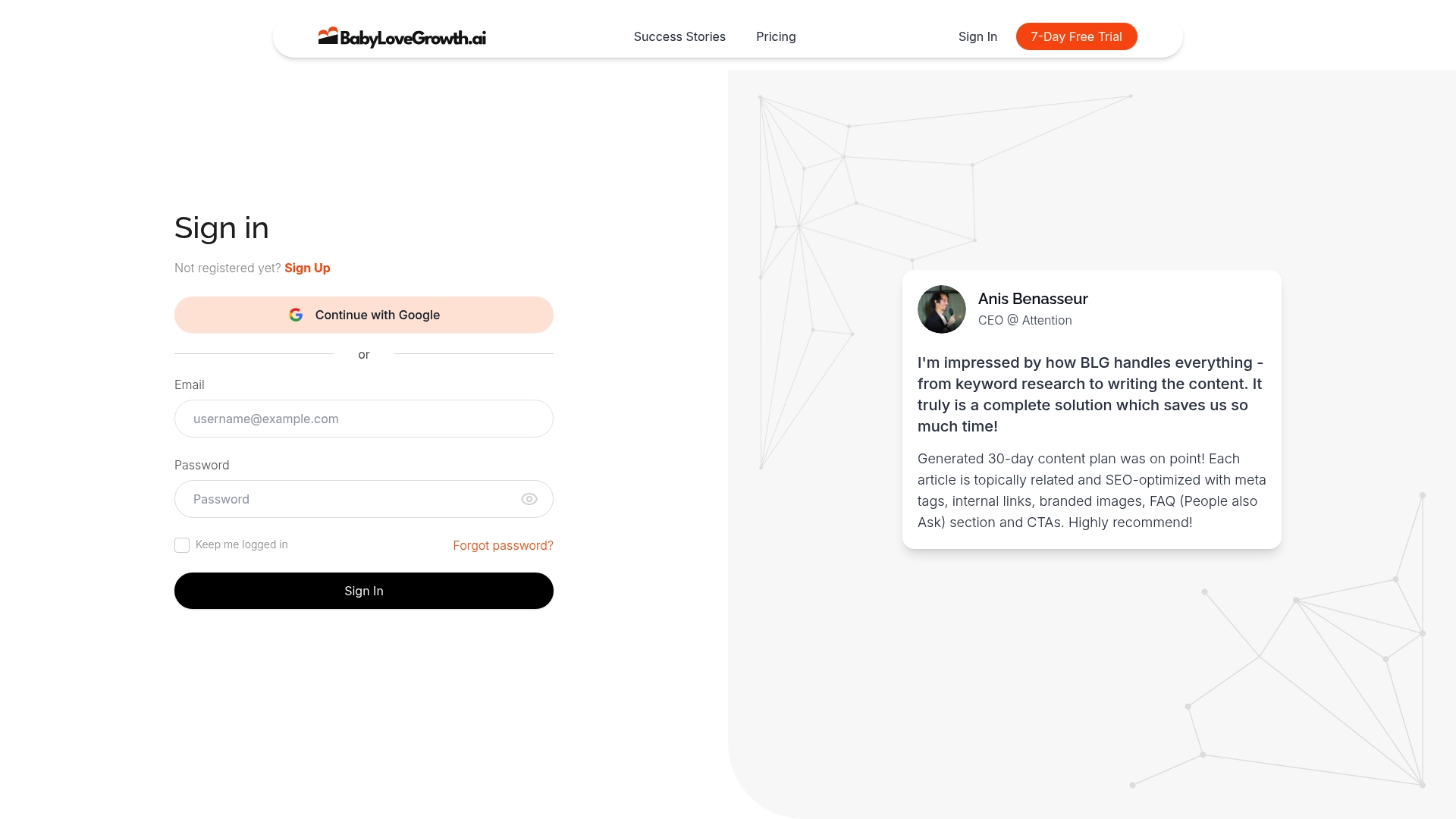
Don’t let your competitors outpace you! At BabyLoveGrowth.ai, we specialize in transforming your SEO challenges into opportunities with our sophisticated AI-driven platform. Our automated content generation not only streamlines your content creation but ensures you’re targeting high-value keywords that resonate with both technical decision-makers and business executives.
Why wait? Elevate your online presence today!
Start with our in-depth business analysis, create a customized 30-day content plan tailored to your unique needs, and automatically generate SEO-optimized articles effortlessly. Act NOW and witness the profound impact our solutions can have on your organic traffic and overall business growth!
Recommended Articles
- What Is Keyword Research in Digital Marketing? Uncover the Essential SEO Strategy
- Are Internal Links Good for SEO? Unlock Your Site’s Hidden Ranking Boost
- SEO for Real Estate Agencies: Simple Strategies to Grow Your Business
- The Ultimate Guide to Meta Tags: Enhancing Your Website's SEO
- Essential Guide: How to Get Backlinks for SEO Success
Smart SEO,
Faster Growth!
Most Read Articles
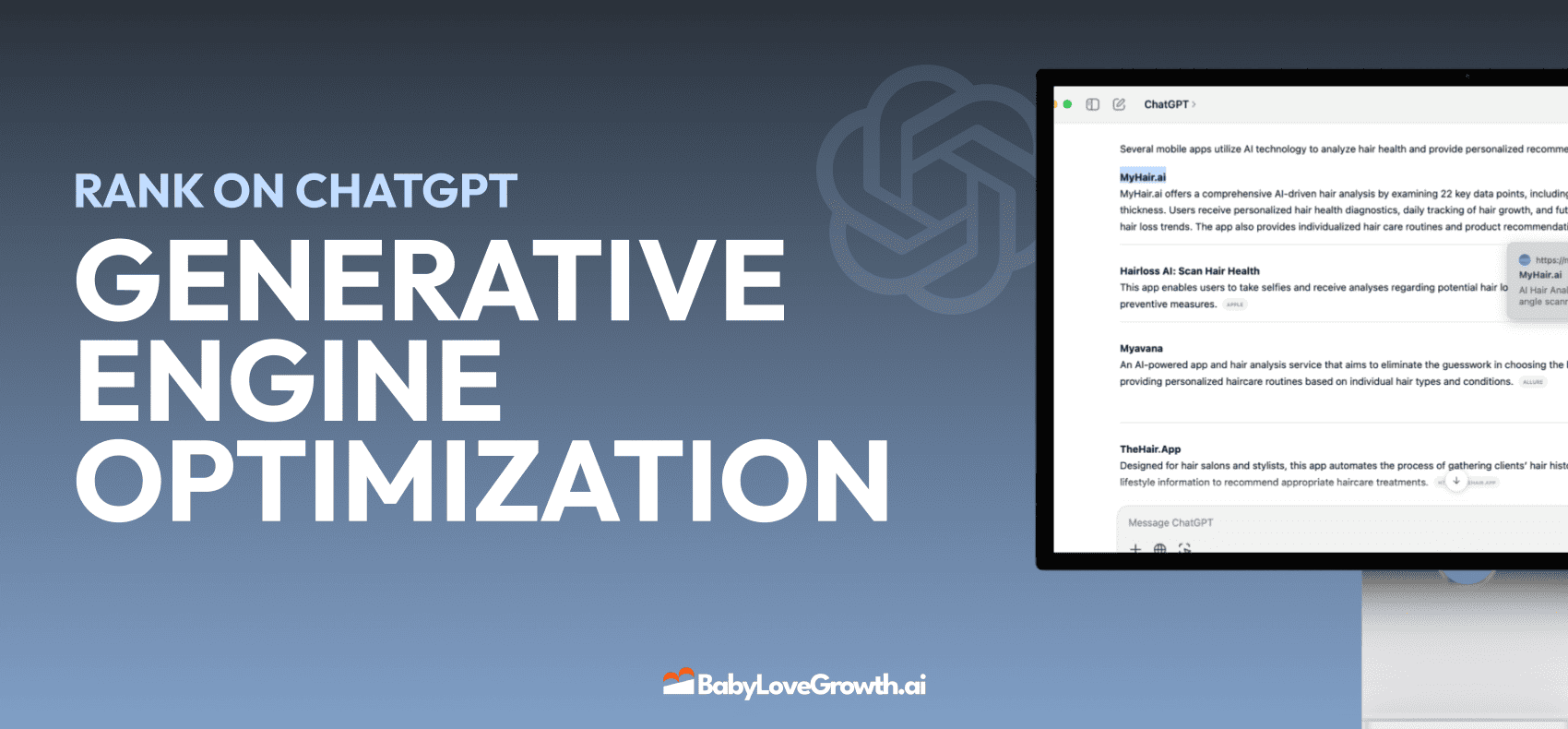
Generative Engine Optimization (GEO)
Learn how Generative Engine Optimization (GEO) helps your content rank in AI search engines like ChatGPT and Google AI. This comprehensive guide explains the differences between SEO and GEO, why it matters for your business, and practical steps to implement GEO strategies for better visibility in AI-generated responses.
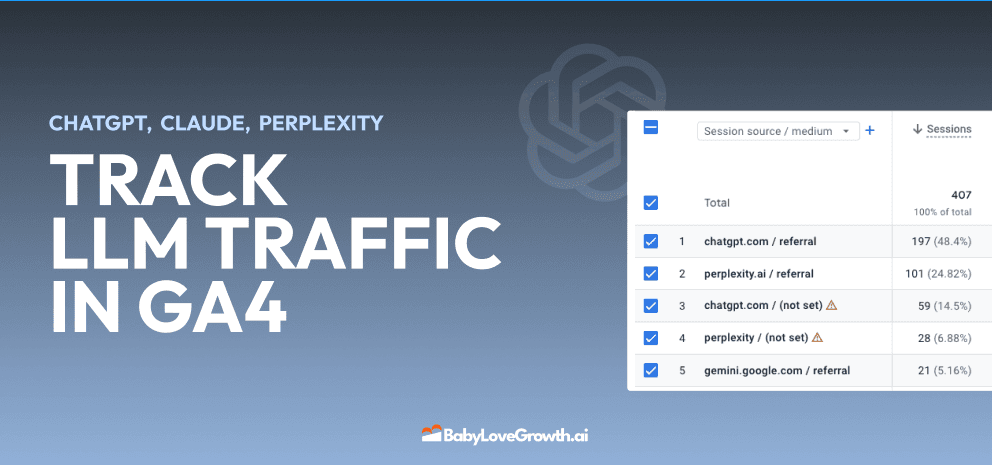
Track LLM Traffic in Google Analytics 4 (GA4)
Learn how to track and analyze traffic from AI sources like ChatGPT, Claude, Perplexity, and Google Gemini in Google Analytics 4. This step-by-step guide shows you how to set up custom filters to monitor AI-driven traffic and make data-driven decisions for your content strategy.
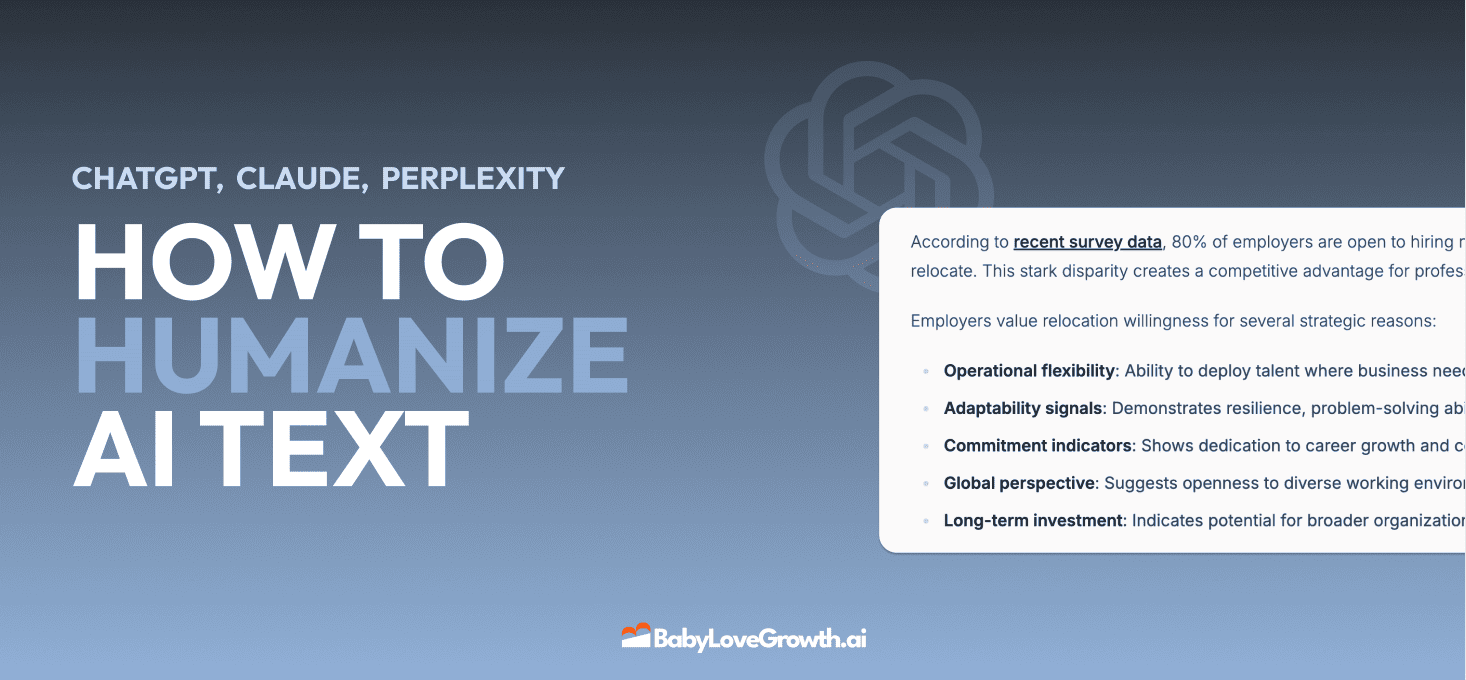
How to Humanize AI Text with Instructions
Learn practical techniques to make AI-generated content sound more natural and human. This guide covers active voice, direct addressing, concise writing, and other proven strategies to transform robotic text into engaging content.
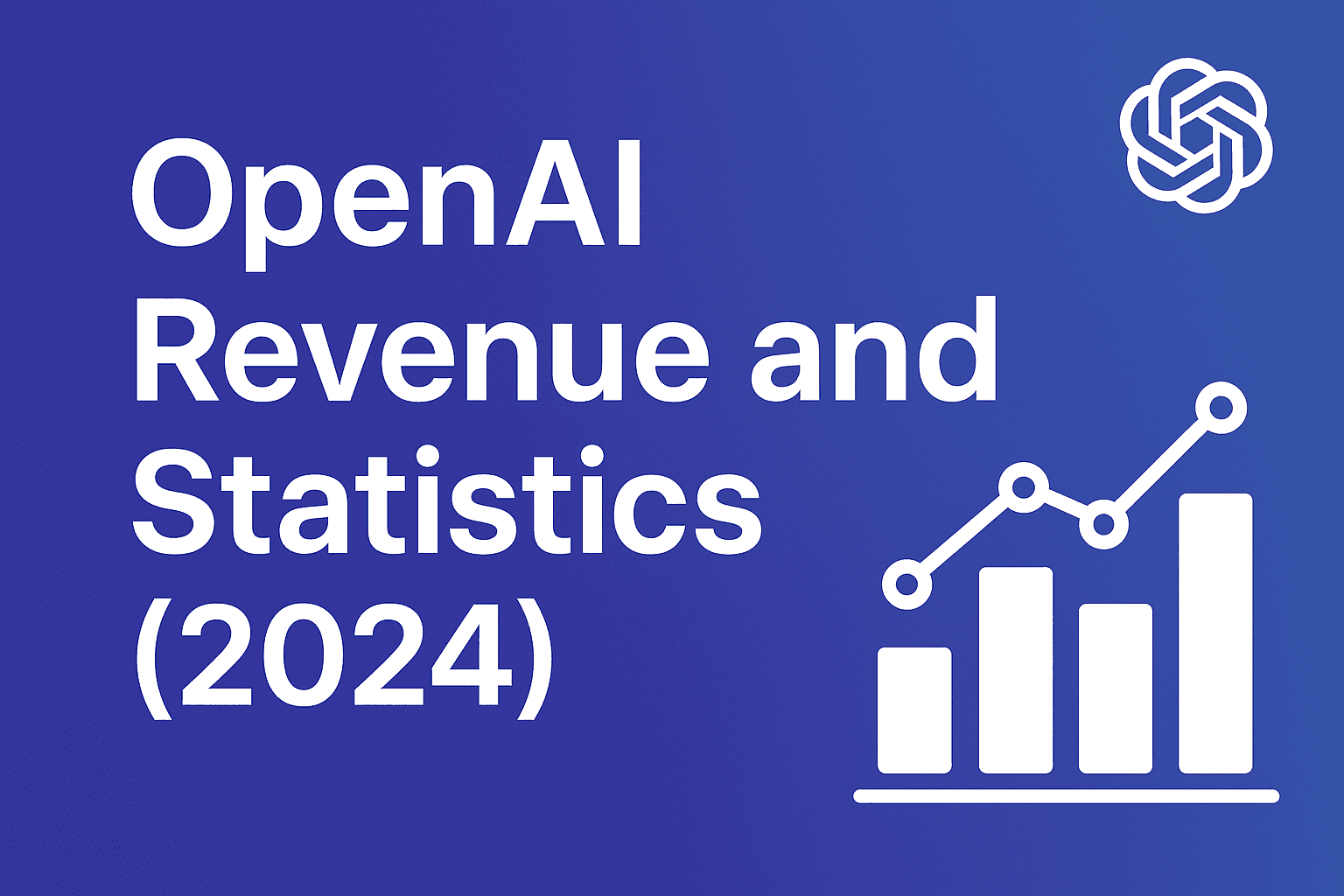
Open AI Revenue and Statistics (2024)
Comprehensive analysis of OpenAI financial performance, user engagement, and market position in 2023. Discover key statistics including $20B valuation, $1B projected revenue, and 100M+ monthly active users.